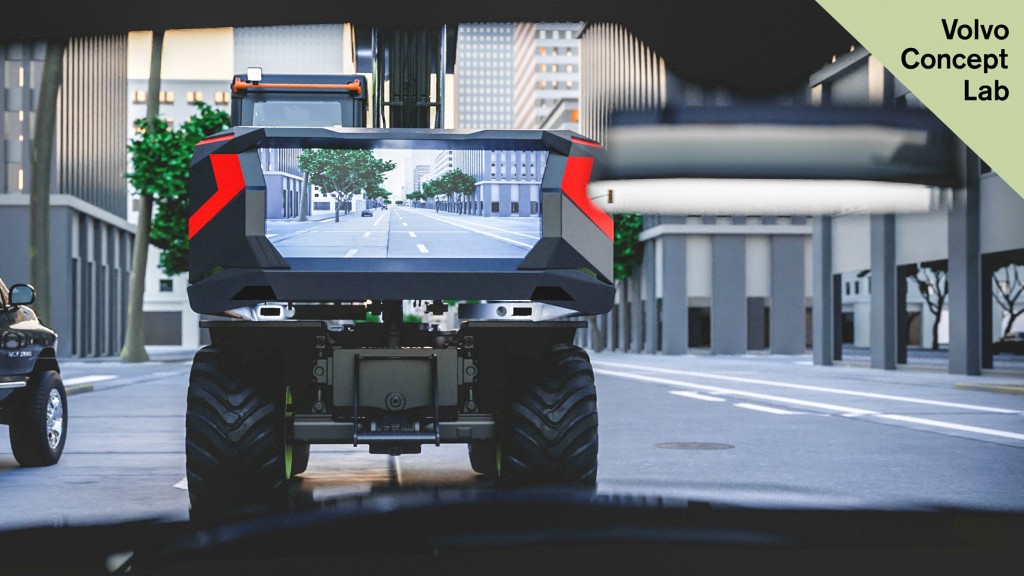Volvo CE unveils first mid-size electric wheeled excavator concept

Volvo Construction Equipment has unveiled the EX03, the company's first electric prototype in the mid-size excavator range. With low noise, zero exhaust emissions and reduced maintenance needs, the EX03 represents the future for safer and more environmentally responsible construction sites.
"This prototype is a significant step forward in the evolution of medium electric construction machines," said Inwoo Kim, program manager for Advanced Engineering at Volvo CE. "As our first electric excavator concept in the mid-size range, we have been quick to build and expand on our existing electromobility technology."
Based on new technology and product design, the EX03 wheeled excavator prototype is the next stage in Volvo Construction Equipment's electromobility journey, following previous iterations of the smaller fully electric EX02 concept electric excavator. While the EX03 is still in the concept stage with no current plans to bring it to market, the company is planning to test a similar version of the EX03 in customer pilots.
Volvo also is developing commercially available electric machines and is accepting preorders for its ECR25 electric excavator and L25 electric wheel loader.
Supported by technology from across the Volvo Group, the 14-ton EX03 is equipped with a battery pack from Volvo Trucks and boasts the same performance level as a diesel machine of the same class. The electric wheeled excavator prototype aims to deliver zero emissions, higher efficiency, lower noise levels and reduced total cost of ownership compared to its conventional counterparts.
A notable feature is the video screen on the back of the machine that has three configurations:
- A real-time video stream from the front of the machine, allowing vehicles behind it to clearly see ahead when driving on public highways.
- A text-based safety screen alerting workers on-site to left and right movement or reversing.
- A safety communication livestream enabling the operator to make eye contact with pedestrians and workers, minimizing misunderstandings and increasing safety.



